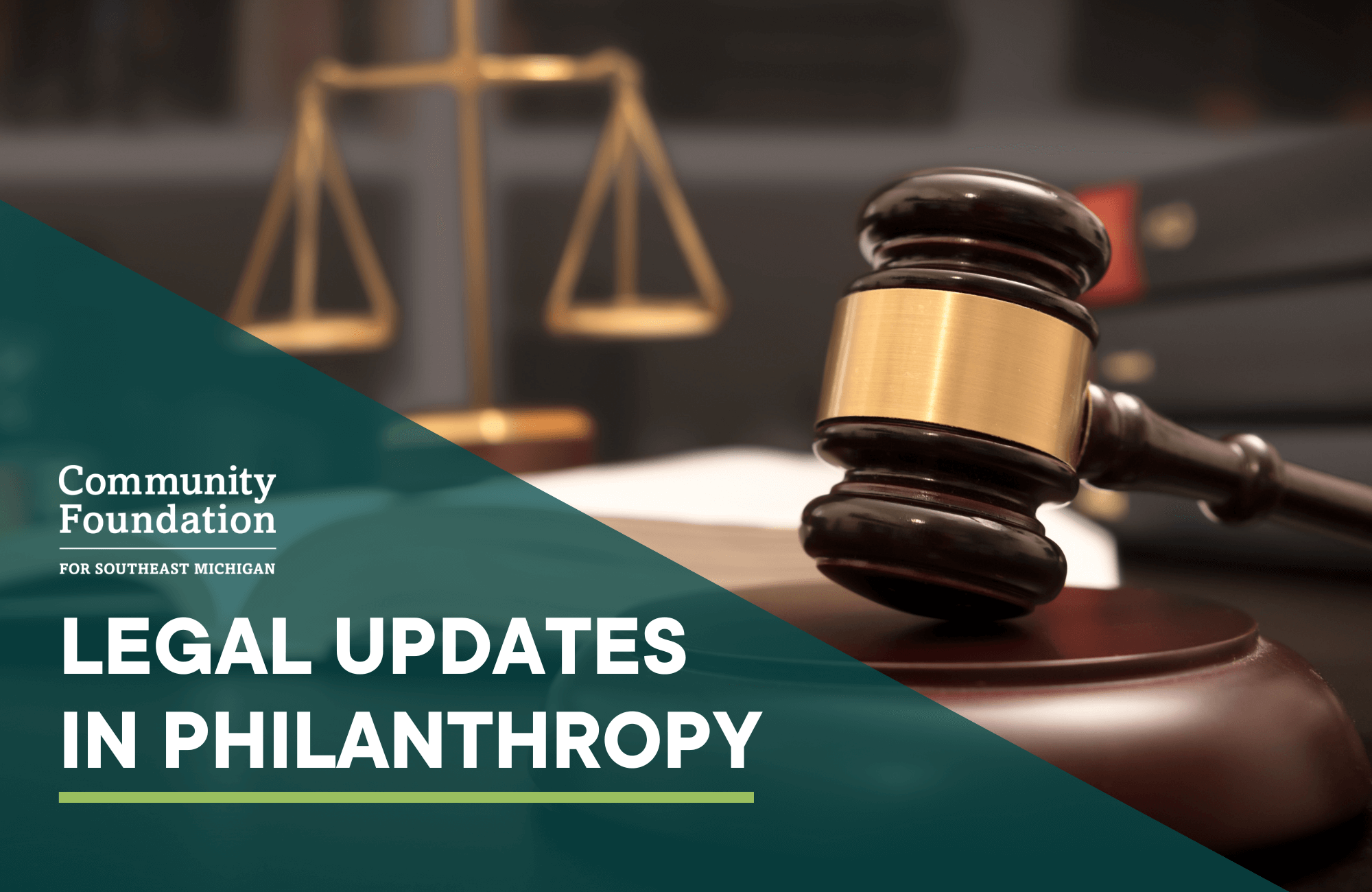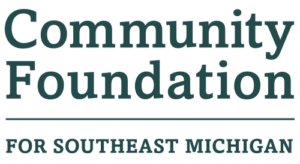Charitable Planning with Retirement Assets for Minor Children and Special Needs Beneficiaries


Laura L. Brownfield
General Counsel
IRS issues final regulations on SECURE Act and SECURE 2.0
On July 18, 2024, the IRS issued final regulations on distributions from retirement plans relating to the SECURE Act passed in 2019 as amended in 2022. The SECURE Act marked the end of the “stretch IRA” which was a planning tool for those who wished to leave a legacy to individual beneficiaries by prolonging distributions from inherited retirement assets. The Act instituted full withdrawal (and taxation) of benefits by the end of the 10th year following the death of the original account holder but made an exception for Eligible Designated Beneficiaries (“EDB”) who can use their life expectancy to calculate the amount to be withdrawn.
Clarification for minor children and special needs beneficiaries
The recent regulations clarified the Act as it applies to certain EDBs providing an opportunity for individuals to emulate the stretch IRA for the benefit of minor and special needs beneficiaries while supporting charity by establishing a charitable remainder trust funded with retirement assets.
- Minor Beneficiaries. Owners of retirement assets may be able to stretch out payments from a retirement account to minor children during their lifetime through a trust that names the minors as income beneficiaries and a charity as the remainder beneficiary.
- A minor child of the retirement account owner is considered an EDB and can stretch distributions from an inherited IRA over their life expectancy until reaching age 21. Once this age is reached, annual distributions will continue to be calculated based on the child’s life expectancy for the next 10 years. If a trust is a beneficiary of the retirement assets and the child is named as a trust beneficiary, the trust can prevent the child from withdrawing the entire inherited IRA prior to age 31 and perhaps beyond, depending on the trust terms.
- For multiple minor children who are beneficiaries of a trust and who have not reached age 21, the final distribution would not be required until ten years after the youngest beneficiary reached age 21 (or ten years after the last of the minor children dies).
- The regulations expand the definition of a “child” to include a stepchild, an adopted child and an eligible foster child as EDBs.
- Charity as Remainder Beneficiary of Special Needs Trust. The regulations provided detailed provisions for “applicable multi-beneficiary trusts” that include a disabled or chronically ill individual as a lifetime beneficiary (thus qualifying as an EDB and able to take distributions over the EDB’s life expectancy) and a charity as a remainder beneficiary.
- Qualifying charities (donor advised funds and private foundations are excluded) can now be identified as the remainder beneficiary of a special needs trust without impacting the life expectancy payout of the special needs beneficiary.
- SECURE 2.0 Act amended Section 401(a)(9)(H)(v) to permit a charitable remainder beneficiary of a Type II applicable multi-beneficiary trust. The final regulations reflect that change. Reg. Section 1.401(a)(9)-4(g)(3).
It’s never too early to start a conversation about your legacy. If you are planning for minor children or special needs beneficiaries while supporting your favorite charity, reach out to us at [email protected] to learn how we can help you.
Note: This material was developed by Community Foundation for Southeast Michigan. It is published with the understanding that neither the publisher nor the author is engaged in rendering legal, accounting, or other professional service. Please consult with a trusted tax or legal advisor to determine how to plan for your retirement benefits strategically while complying with the 10-year rule if it applies to you.
